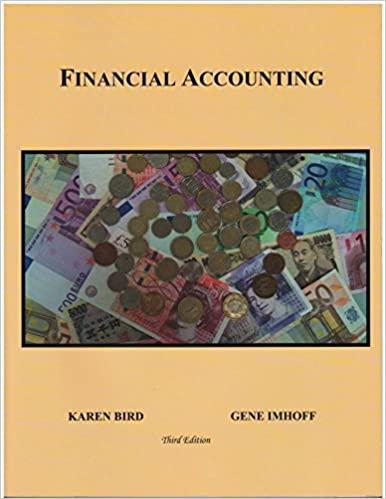Could you solve this mulitple part problem.





ACCT 1310 Handwritten Homework #3 Chapter 4 Name Part 1 Prepare the closing entries for Westport Motors at December 31, 2020, using the following information: Revenue $220.500 Beginning OE - Capital 349,800 Rent expense 72.000 Insurance expense 40.500 Additional contributed capital 10,000 Withdrawal 40,000 Depreciation expense 83.500 Part 1B: What is the balance in OE - Capital after closing entries are made? Part IA Gentlemen Jim's provides a computer consulting service. Its revenue and expenses for the year were $170,000 and $65.000, respectively. The beginning OE - Capital account was $45,000 as of January 1 (at the start of the current year). During the year the owner withdrew $120.000 cash. Prepare all the necessary closing entries and calculate the ending balance in the OE-Capital account as December 31 of the current year. 2 Part II To follow is the balance sheet for Near Term. Lid. It was prepared hastily by a non- Hamline accounting major during an unsupervised internship (numerical values are correct). Prepare a classified balance sheet in good form and include current assets, current liabilities, total assets, total liabilities and total liabilities and OE. Near Term, Ltd. For the period ending December 31, 2020 Cash $20.000 Accounts Payable $29.000 Intangibles 36,000 Accumulated Depreciation 1.000.000 ST Note Payable 15,000 ST Investments 75,000 LT Note Payable 1,200,000 LT Investments 180.000 Supplies 9.500 Mortgage Payable 187.000 Equipment 2.440,000 Prepaid Insurance 54.000 Land 220.500 Wage Payable 7.500 Interest Payable 14,000 Income Tax Payable 99,500 Accounts Receivable 1.130,000 Bonds Payable 1.480,000 Uneamed Revenue 4.000 OE-Capital 129.000 Total Assets S4.929.000 Total Liabilities and OE $3.241.000 3 Part 2B Calculate the current ratio and debt to assets ratio. In one or two sentences comment on your findings Part C: For the following problem, indicate the type of account (Asset, Liability. Owner's Equity, Revenue or Expense), whether it has a normal ending credit or debit balance, and which main statement it appears on (Income Statement or Balance Sheet). The first one is done for you as an example: Type of Account Asset, Liability, Owner's Equity Revenue or Expense Normal Ending Balance: Debit or Credit Principal Statement Income Statement (1/S) or Balance Sheet (B/S) Accounts payable Liability Credit B/S Land Wage expense Equipment Cash Contributed capital Supplies Insurance expense Interest payable Tax expense Prepaid insurance Sales revenue Accounts receivable Rent expense Unearned revenue Notes Payable Owner's withdrawal of cash











